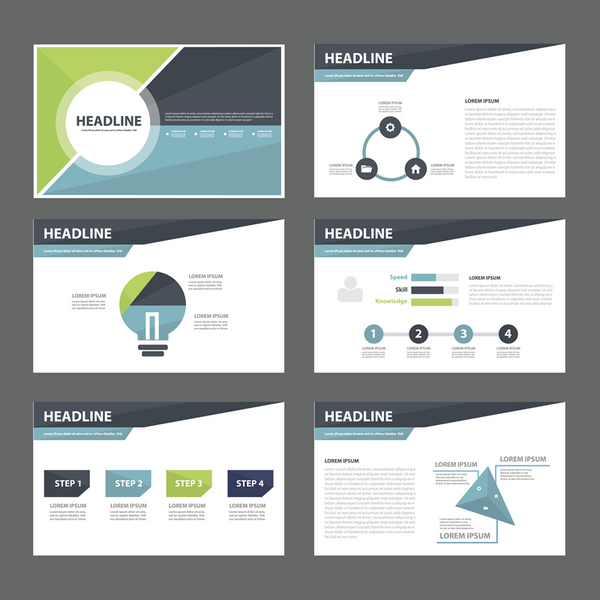ATD Blog
Are Your Presentation Materials Compelling?
Tue Feb 09 2016

Wendy Gates Corbett, CPLP, is the president of Refresher Training, a company that redesigns presentations and materials for independent consultants and small businesses. She has 20 years of experience in training, including running several profitable multimillion-dollar training businesses and more than 16 years designing and delivering face-to-face, blended, and virtual training programs. She is the author of the February 2016 TD at Work “5 Questions for Great Presentation Visuals.”
In this Q&A podcast, L&D Community of Practice Manager Amanda Smith asks Corbett to share her best practices in preparing more engaging and compelling presentation materials—whether for business meetings, motivational speeches, or corporate training.
Corbett explains that she has experienced presentations by dynamic speakers with important ideas and great stage presence, but they had slides and handouts that made her cringe. Like many of us, she has found that presenters often forget that they need effective materials to help convey their message.
The problem, according to Corbett, is that poorly prepared presentation materials can cause audience members and learners to question or doubt the presenter’s expertise. If training materials seem dated, for example, learners may wonder if the instructor’s knowledge is no longer up-to-date?
Corbett tells Smith that many presenters try to blame the tools, like PowerPoint. But she is quick to note that the tools only “do what we tell them to do.” Instead, Corbett sees three common mistakes speakers make when developing and using presentation visuals and support materials.
The first, she says, is having slides with no visuals at all, and too many words. The second mistake presenters make is using stale stock images. For example, when discussing teamwork, many slides use the “high five” image. Although she commends these L&D pros for even using images, Corbett challenges them to really “visualize what team wok really looks like in a bolder way.”
The third mistake Corbett shares with Smith is that she sees presenters who use images that are too small for their slides. This is when there is a lot of text and stamp image off to the side or corner of the slide. Corbett wants presenters to flip that ratio. That doesn’t mean a lot of stamp-sized images next two one or two phrases. Rather, she wants one or two impactful images that have meaningful support text.
Bottom line: Corbett shares with the L&D community that she finds many good speakers simply don’t know where to start when trying to design useful visuals and support materials. Perhaps you are one of them. For more tips on how to create compelling presentation visuals, listen to the complete Q&A podcast.
Be sure to join Wendy Gates Corbett for the February 29th webinar, “Seeing Your Point: 3 Simple Steps to Visualizing Your Presentations,”and check out her February 2016 TD at Work “5 Questions for Great Presentation Visuals.”
You've Reached ATD Member-only Content
Become an ATD member to continue
Already a member?Sign In
